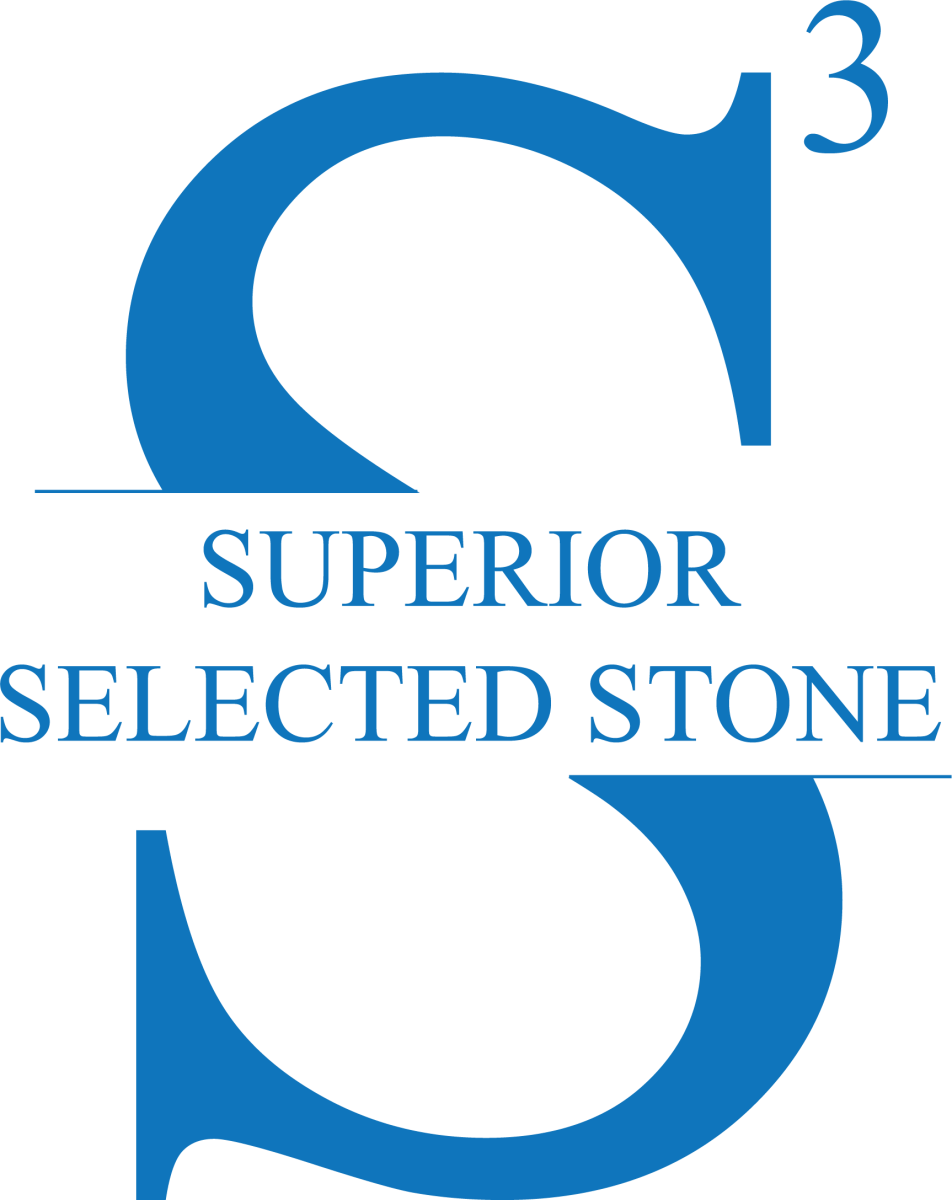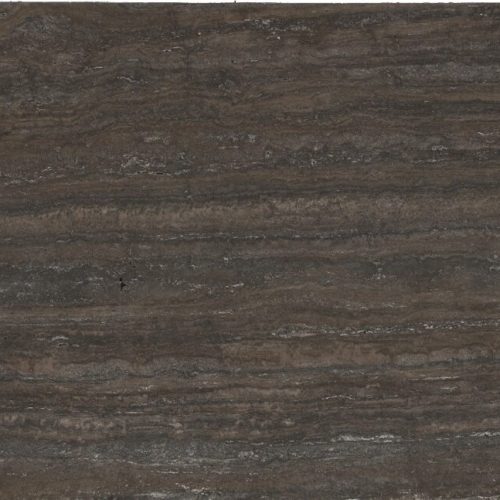Titanium Travertine Slabs: Bold Elegance for Modern Spaces
Titanium travertine stands out among natural stones for its striking vein cut patterns and dramatic color contrasts. This Iranian travertine features layered bands of charcoal gray, warm taupe, rich brown, and soft cream that create a sophisticated visual impact. The horizontal striations give each slab a unique character, making it a favorite for designers who want both contemporary style and natural authenticity.
The Formation and History of Travertine
Travertine has been used in construction for thousands of years. The Romans built the Colosseum with travertine quarried near Tivoli, Italy. This sedimentary rock forms when mineral-rich water, typically from hot springs or limestone caves, deposits layers of calcium carbonate over time. As these layers accumulate, pressure transforms them into solid stone.
The formation process creates travertine's characteristic pitting and small voids. Fast-moving water during formation also produces the linear banding seen in vein cut varieties. When slabs are cut parallel to the natural bedding plane, the result is the distinctive striped appearance that defines titanium travertine.
Iran has produced high-quality travertine for centuries. The region's geological conditions create stone with excellent density and color variation. Titanium travertine specifically comes from Iranian quarries known for darker, more dramatic colorations compared to the lighter beiges typically associated with Turkish or Italian travertine.
Applications and Uses
Titanium travertine works for both residential and commercial projects. Its freeze-thaw resistance makes it suitable for exterior applications, while its sophisticated appearance fits modern interior design.
Common interior applications include kitchen countertops, bathroom vanities, shower walls, and flooring. The stone's layered pattern adds visual interest to feature walls and fireplace surrounds. Many designers use it for kitchen backsplashes where the vein pattern becomes a focal point.
For exterior projects, titanium travertine works well as building cladding, patio paving, and pool decking. The honed or brushed finishes provide better slip resistance for outdoor surfaces. The stone's natural durability handles weather exposure without significant degradation.
Commercial spaces use titanium travertine in lobbies, reception areas, and high-end retail environments. The dramatic appearance creates an upscale atmosphere while maintaining the practical durability needed for high-traffic areas.
Design and Aesthetic Appeal
The color palette of titanium travertine sets it apart from standard travertine varieties. Deep charcoal and slate gray tones dominate, contrasted by warmer taupe, tan, and ivory bands. This combination works with both warm and cool design palettes.
The vein cut orientation creates horizontal movement across each slab. Book-matching adjacent slabs can create mirror images that amplify the pattern's drama. Quarter-matching produces a more subtle, flowing appearance. The installation pattern significantly affects the final aesthetic.
Different finishes change the stone's character. A polished finish brings out color depth and creates a subtle sheen. Honed finishes offer a matte surface that feels more organic. Brushed finishes add texture while maintaining the color's richness. Each finish suits different applications and design intentions.
The natural variation between slabs means no two installations look identical. Some slabs show more contrast between light and dark bands. Others display more uniform mid-tone coloring. This variation is part of the stone's appeal but requires careful slab selection during the ordering process.
Caring for Titanium Travertine
Proper maintenance keeps titanium travertine looking its best for decades. Start by sealing the stone after installation. Natural stone sealers fill the material's pores and prevent staining from oils, wine, and acidic substances. Reapply sealer every 1-2 years for countertops, less frequently for floors and walls.
Daily cleaning requires only pH-neutral stone cleaner and water. Avoid acidic cleaners like vinegar or lemon-based products. These etch the surface and dull the finish. Harsh alkaline cleaners can also damage the stone over time.
Wipe up spills immediately, especially acids like citrus juice or wine. Travertine is calcium-based and reacts with acids, creating dull spots. For filled travertine, the filler material may stain differently than the surrounding stone, so prompt cleanup matters.
For deeper cleaning, use a stone-specific cleaner and soft cloth. Avoid abrasive scrubbers that scratch the surface. If etching occurs, professional stone restoration can re-polish affected areas.
Transform Your Space with Titanium Travertine
Ready to bring the dramatic beauty of titanium travertine into your next project? Our slabs are sourced directly from premium Iranian quarries and available in multiple thicknesses and finishes. Whether you're designing a modern kitchen, spa-like bathroom, or statement commercial space, we'll help you select the perfect slabs for your vision. Contact our team today to view current inventory, request samples, and discuss your project requirements. Let's create something exceptional together.



